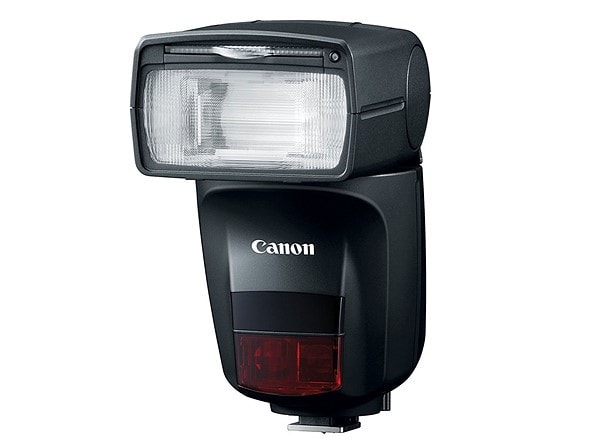Share
Canon’s New Speedlite 470EX-AI Shows How Fast Computational Photography Is Moving
We previously wrote about the state of computational photography in September 2017. Included within that piece was a reference to the work by Kukas...

We previously wrote about the state of computational photography in September 2017. Included within that piece was a reference to the work by Kukas Murmann, Abe Davis, Jan Kautz and Frédo Durand who built a prototype flash mounted on a servo and connected to an electric eye. The mechanism provided an automated way to position a flash to provide indirect light. The resulting images were a dramatic step up from direct flash photography.
The prototype was presented in 2016 at SIGGRAPH, one of the largest conferences for computer graphics, so it’s pretty stunning to see the production release of Canon’s new $399 Speedlite 470EX-AI less than 2 years later.
The 470EX-AI is larger than the average speedlight due to its servo motors. Its form factor seems more akin to the Profoto A1 with its bulbous base. The flash fires twice – once at the subject, and once at the ceiling – to determine depth. In this sense, it’s not as sophisticated as the Murman, et al’s prototype which used a 3D sensor and fisheye lens. But it’s not insignificant that a 2D camera is starting to be spatially aware of the environment its placed in.
Earlier this month, Google enabled the Pixel Visual Core, Google’s custom image processor, for third party apps to take direct advantage of HDR+ images. You can expect a continued acceleration of computational photography (and its AI cousins) in your camera and camera phones on both the hardware and software level. The future is now.



